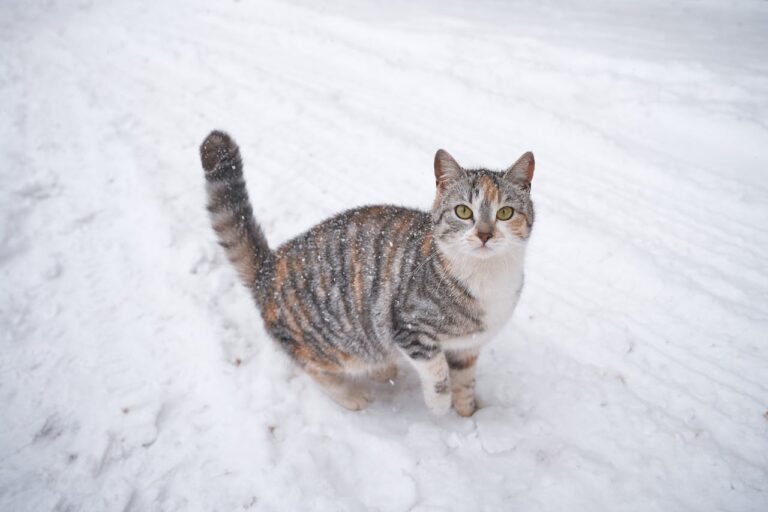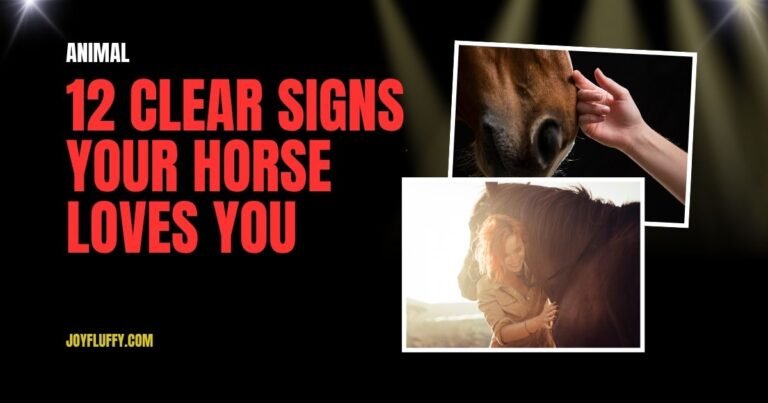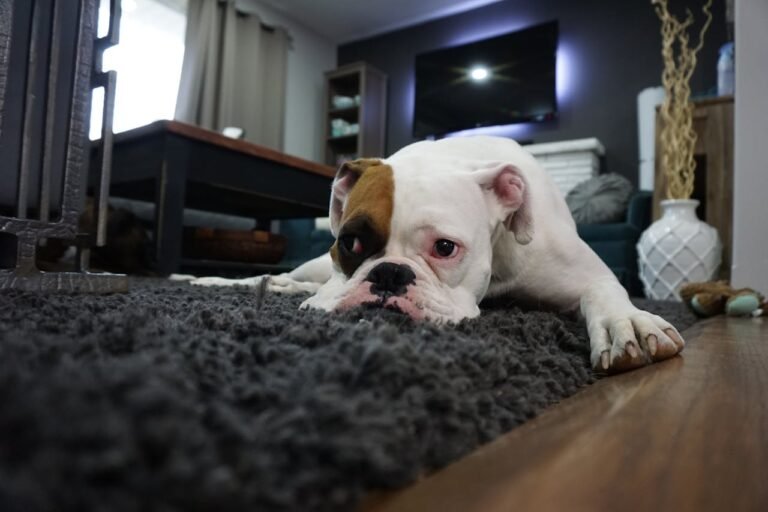Pet Halloween Costumes: Safety Guide & Expert Tips 2025
Pet Halloween Costumes: Why It Happens and What You Can Do About It
Every October, social media explodes with adorable pictures of pets dressed as pumpkins, superheroes, hot dogs, and everything in between. Pet Halloween costumes have become a beloved tradition for millions of pet parents worldwide, with the pet costume industry now worth over 500 million dollars annually. But have you ever wondered why we dress up our furry friends, and more importantly, what you should know before putting that cute costume on your dog or cat?
The trend of dressing pets for Halloween is not just about getting Instagram-worthy photos. There are deeper psychological, social, and emotional reasons behind this growing phenomenon. In this comprehensive guide, we will explore why pet Halloween costumes have become so popular, the science behind how pets react to wearing clothes, and most importantly, what you can do to ensure your pet stays safe, comfortable, and happy during the spooky season.
Why Do People Dress Their Pets in Halloween Costumes?
The practice of dressing pets in costumes might seem like a modern Instagram trend, but it actually has roots that go back several decades. Understanding why this happens can help us make better decisions about whether and how to costume our own pets.
The Humanization of Pets
Over the past few decades, pets have transitioned from being simply animals that live in our homes to being full-fledged family members. According to the American Pet Products Association, 67 percent of U.S. households now own a pet, and many pet parents refer to themselves as “dog moms” or “cat dads.” This shift in how we view our pets has naturally led to including them in family celebrations and holidays, including Halloween.
When we dress our pets in costumes, we are expressing our bond with them and treating them as part of our family unit. Just as we dress up our children for trick-or-treating, many pet parents feel it is natural to include their furry companions in the festivities. This humanization trend extends beyond Halloween to birthday parties, holiday photo shoots, and even matching family pajamas.
Interesting Fact: Research shows that pet parents who dress their pets in costumes tend to have stronger emotional bonds with their animals and are more likely to include them in family activities throughout the year. This is closely related to how dogs can smell emotions and chemical changes in their owners, strengthening the human-animal bond.
Social Media Influence
There is no denying that social media has played a massive role in popularizing pet Halloween costumes. Platforms like Instagram, TikTok, and Facebook are flooded with pet costume photos every October, with some posts going viral and receiving millions of views. Pet influencers with hundreds of thousands of followers have turned costume-wearing into a lucrative business, with brands paying top dollar for promotional posts featuring their products.
The desire to share adorable or funny photos of our pets is a powerful motivator. When a pet costume photo receives hundreds of likes and comments, it provides positive reinforcement that encourages the behavior to continue. Pet parents enjoy the attention and engagement their costumed pets receive, creating a cycle that perpetuates the trend year after year.
Community and Belonging
Pet Halloween events, costume contests, and group trick-or-treating activities have created communities of like-minded pet parents. These gatherings provide opportunities for socialization, both for pets and their owners. Participating in these events helps people feel connected to others who share their love for animals and holiday celebrations.
Many cities now host annual pet costume parades, with some attracting thousands of participants. These events have become beloved traditions that bring communities together, raise money for animal shelters, and provide safe spaces for pets and their families to celebrate together.
How Do Pets Really Feel About Wearing Costumes?
While we might think our pets look absolutely adorable in their pumpkin outfits or superhero capes, the more important question is how do they actually feel about wearing costumes? The answer is more complex than you might think and varies greatly depending on the individual animal, their personality, and their previous experiences.
Understanding Pet Body Language
Pets cannot tell us in words whether they enjoy wearing costumes, so we must rely on their body language to gauge their comfort level. Dogs and cats communicate their feelings through various physical signals, and it is crucial that pet parents learn to recognize these signs.
Signs Your Pet Is Uncomfortable in a Costume
- Freezing in place or refusing to move
- Excessive scratching or biting at the costume
- Flattened ears or tucked tail
- Excessive panting or drooling
- Attempting to remove the costume repeatedly
- Showing whale eye (whites of eyes visible)
- Cowering, hiding, or trying to escape
- Excessive vocalization (whining, meowing, growling)
If your pet displays any of these signs, it is important to remove the costume immediately. Forcing a pet to wear clothing when they are clearly distressed can damage your relationship with them and cause unnecessary stress and anxiety.
Pets That May Tolerate or Enjoy Costumes
On the other hand, some pets seem genuinely unbothered by wearing costumes, and a small percentage may even enjoy the attention and treats that come with dressing up. Dogs that have been gradually acclimated to wearing clothes from a young age, such as service dogs who wear vests or working dogs who wear protective gear, are generally more accepting of costumes.
Certain breeds are also more tolerant of clothing due to their temperament or physical needs. Small breeds like Chihuahuas and Italian Greyhounds often wear sweaters for warmth, making them more accustomed to the sensation of wearing something. Breeds bred for cooperation and working closely with humans, such as Golden Retrievers and Poodles, may also be more accepting of costumes when properly introduced.
Safety Considerations for Pet Halloween Costumes
If you decide to dress your pet for Halloween, safety must be your top priority. Every year, veterinarians see injuries and medical emergencies related to pet costumes that could have been easily prevented. Here is what you need to know to keep your furry friend safe.
Choosing the Right Costume
- Proper Fit: The costume should fit snugly enough that it will not slip off or get caught on objects, but loose enough that it does not restrict movement, breathing, or circulation. You should be able to fit two fingers comfortably between the costume and your pet’s body.
- Breathable Materials: Avoid costumes made from synthetic materials that do not allow air circulation. Natural fabrics like cotton are preferable, especially for pets with thick fur who are prone to overheating.
- No Small Parts: Costumes with buttons, beads, bells, or other small decorative elements pose choking hazards. Pets may chew on or swallow these items, leading to intestinal blockages that require emergency surgery.
- Visibility: Make sure the costume does not cover your pet’s eyes, ears, or nose. These senses are crucial for your pet to navigate their environment safely and feel secure.
- Mobility: Your pet should be able to walk, sit, lie down, and go to the bathroom normally while wearing the costume. Costumes that restrict leg movement or prevent normal body functions are dangerous.
Never leave your pet unattended while wearing a costume. Even well-fitting costumes can become tangled, caught on objects, or pose strangulation risks if a pet tries to remove them when no one is watching.
Health Risks to Watch For
Beyond the obvious physical hazards, there are several health concerns associated with pet costumes that you should be aware of:
Overheating: Pets regulate their body temperature differently than humans. Dogs primarily cool themselves through panting and through their paw pads, while cats are generally less tolerant of heat. Adding a costume layer, especially in warm indoor environments with many people, can cause dangerous overheating. Watch for excessive panting, drooling, lethargy, or confusion, which are signs of heat stress.
Skin Irritation: Some costumes can rub against your pet’s skin, causing chafing, hot spots, or allergic reactions. This is especially common around the neck, armpits, and anywhere the costume has elastic or tight bands. Check your pet’s skin after removing the costume for any redness, irritation, or hair loss.
Stress and Anxiety: The psychological impact of wearing costumes should not be underestimated. Some pets experience significant stress from the sensation of wearing clothes, which can manifest as behavioral changes, digestive issues, or even suppressed immune function with prolonged exposure.
What You Can Do: Best Practices for Pet Halloween Costumes
If you want to include your pet in Halloween festivities while prioritizing their wellbeing, here are evidence-based strategies that experienced veterinarians and animal behaviorists recommend.
Gradual Introduction and Positive Association
Do not wait until Halloween day to put a costume on your pet for the first time. Begin the acclimation process at least two to three weeks before the holiday. Start by simply leaving the costume near your pet’s favorite resting spot so they can investigate it at their own pace. Let them smell it, touch it, and become familiar with it without any pressure.
Next, practice putting the costume on for very short periods, just a few seconds at first, immediately followed by high-value treats and praise. Gradually increase the duration over multiple sessions, always ending on a positive note before your pet shows any signs of stress. This process, called desensitization, helps your pet form positive associations with the costume.
Use your pet’s absolute favorite treats during costume training sessions, something they only get during this special activity. This creates a strong positive association and makes them more willing to tolerate the costume.
Consider Alternatives to Full Costumes
If your pet does not tolerate full-body costumes, there are many alternatives that can still allow them to participate in the fun:
- Bandanas or Bow Ties: These lightweight accessories sit around the neck and typically cause minimal discomfort while still looking festive.
- Cape-Style Costumes: Simple capes that attach around the neck and chest are less restrictive than full-body costumes and easier for most pets to tolerate.
- Collar Attachments: Small decorative elements that clip onto your pet’s existing collar, like pumpkins or bat wings, provide festive flair without the commitment of a full costume.
- Temporary Pet-Safe Dye: For adventurous pet parents, temporary, non-toxic pet hair dye can create fun looks without the discomfort of clothing. Always use products specifically formulated for pets.
Time Limits and Supervision
Even for pets who tolerate costumes well, there should be strict time limits. Most experts recommend keeping your pet in costume for no more than two to three hours maximum, with regular breaks to check for any signs of distress or physical problems. During Halloween events, have a plan to quickly remove the costume if needed.
Always supervise your pet closely while they are in costume. Do not allow them to wear it during unsupervised playtime with other pets, as costumes can get tangled during rough play and pose strangulation risks. Remove the costume before allowing your pet to sleep or before leaving them alone.
Know When to Skip the Costume
Some pets should never wear costumes, regardless of how cute they might look. This includes:
- Pets with respiratory issues like brachycephalic breeds (Pugs, Bulldogs, Persian cats)
- Elderly pets or those with mobility issues
- Pets recovering from surgery or illness
- Anxious or fearful pets who show stress around new experiences
- Aggressive pets who might bite or scratch when stressed
- Cats who have never worn clothing before (most cats fall into this category)
Remember, your pet’s comfort and wellbeing should always take precedence over getting that perfect photo. There are many other ways to include your pet in Halloween celebrations without putting them in a costume.
Alternative Ways to Include Pets in Halloween Fun
If costumes are not right for your pet, do not worry. There are plenty of other ways to make them part of the Halloween celebration that they will actually enjoy.
Pet-Friendly Halloween Activities
Special Treats: Make or buy pet-safe Halloween treats shaped like pumpkins, ghosts, or bats. Many pet bakeries offer seasonal treats made with healthy ingredients that pets actually love.
Puzzle Toys: Hide treats in puzzle toys or create a simple scavenger hunt in your home. This engages your pet’s natural foraging instincts and provides mental stimulation.
Photo Shoots with Props: Instead of dressing your pet, arrange Halloween-themed props around them for photos. Pumpkins, autumn leaves, and seasonal decorations can create festive images without requiring your pet to wear anything.
Matching Outfits: Some pet parents coordinate their own costumes with their pet’s natural appearance. For example, if you have a black cat, you could dress as a witch. If you have a Dalmatian, you could be a firefighter. This way, you still have a “couple’s costume” without making your pet wear anything.
Safety During Trick-or-Treating
Whether or not your pet wears a costume, Halloween night itself presents unique challenges and dangers. The constant doorbell ringing, strangers in costumes, and general excitement can be overwhelming for many pets.
Consider creating a quiet, comfortable space away from the front door where your pet can relax during trick-or-treating hours. Provide familiar toys, calming music, and maybe even an anxiety wrap or pheromone diffuser if your pet is particularly nervous. This is especially important because many pets experience heightened stress during holidays, and understanding their emotional state is crucial, as dogs can detect chemical changes in emotions.
Make sure all candy, chocolate, and decorations are kept out of your pet’s reach, as many Halloween items are toxic to animals. If you plan to take your pet out for trick-or-treating or to Halloween events, ensure they are wearing proper identification tags and consider having them microchipped in case they get spooked and run away. Planning ahead for travel is important too, especially if you are considering flying with your pet, so check out the most pet-friendly airlines for 2025.
Expert Recommendations from Veterinarians and Animal Behaviorists
To provide you with the most accurate and helpful information, we consulted with veterinary professionals and certified animal behaviorists about pet Halloween costumes. Here is what the experts want you to know.
Dr. Sarah Mitchell, DVM, Pet Behavior Specialist
“The most important thing I tell clients is to watch their pet’s body language carefully. If your dog or cat is showing any signs of stress, the costume needs to come off immediately. No photo is worth causing your pet anxiety or fear. I have seen too many cases where well-meaning pet parents pushed their pets past their comfort zone, resulting in behavioral issues that lasted long after Halloween was over.”
Mark Thompson, Certified Professional Dog Trainer
“I recommend the three-second rule for introducing costumes. Put the costume on your pet, count to three, immediately remove it, and give them a high-value treat. Repeat this process multiple times over several days, gradually increasing the duration. This classical conditioning approach helps pets form positive associations with the costume. If at any point your pet shows stress, go back to a shorter duration and rebuild slowly.”
These professionals emphasize that while pet costumes can be fun, they should never compromise your pet’s physical or emotional wellbeing. They encourage pet parents to be honest about whether their pet genuinely tolerates costumes or if they are simply enduring them to please their owners.
The Bottom Line: Making Informed Decisions
Pet Halloween costumes have become a beloved tradition for millions of families, driven by the deepening bond between humans and their animal companions, the influence of social media, and the desire to include pets in family celebrations. While there is nothing inherently wrong with dressing up your pet for Halloween, it is essential to prioritize their comfort, safety, and wellbeing above all else.
The key to successful pet costuming lies in knowing your individual pet’s personality and limits, choosing appropriate costumes that do not restrict movement or breathing, introducing costumes gradually with positive reinforcement, setting strict time limits and supervising closely, and being willing to skip the costume if your pet shows any signs of distress.
Remember that your pet does not care about Halloween or understand why you want them to wear a costume. Any costume activity should be centered around what makes your pet comfortable and happy, not what makes the best social media post. There are countless ways to celebrate Halloween with your furry friend that do not involve costumes at all.
By following the evidence-based guidelines in this article and always putting your pet’s needs first, you can create positive Halloween experiences that strengthen your bond with your animal companion. Whether that includes a cute costume, a simple bandana, or no costume at all, what matters most is that your pet feels safe, comfortable, and loved during the spooky season.






